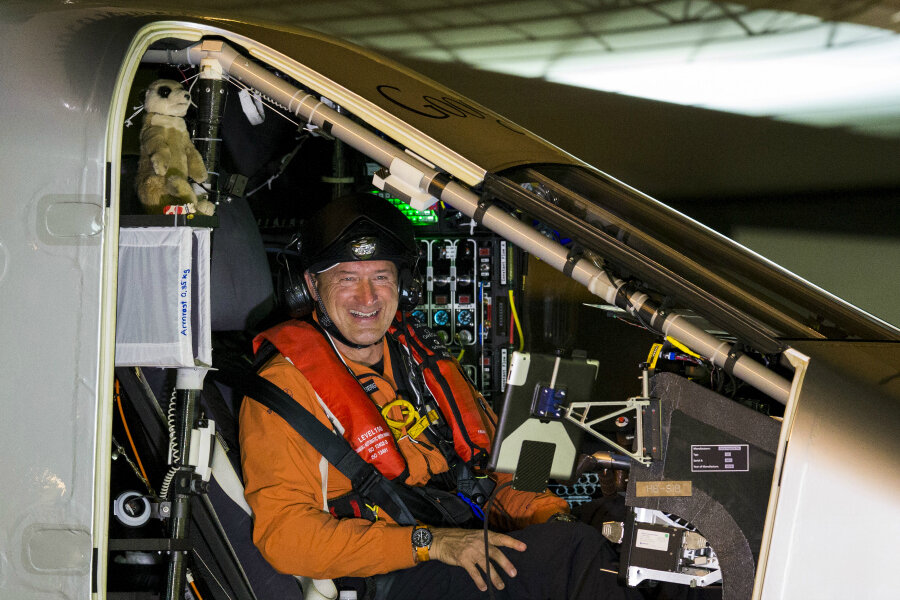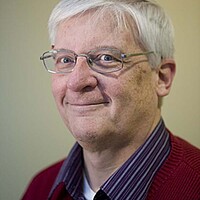Circling the globe, powered only by the sun
Loading...
| Boston
In Greek legend Icarus flies too close to the sun, his wings fall apart, and his attempt to soar high ends in tragedy.
But for André Borschberg, flying high to catch as much sun as possible is all part of the plan.
In his successful effort to cross the Pacific Ocean from Japan to Hawaii last July, Mr. Borschberg, a Swiss pilot and engineer, rose as high as 28,000 feet in a plane powered by solar energy alone.
As night approached during the five-day-long journey he let his plane, the Solar Impulse 2, glide down to 6,000 or 7,000 feet to save energy. Battery power that the plane’s solar cells had stored during the day kept the electric motor running and the propeller turning.
Borschberg and his partner, famed explorer Bertrand Piccard (who circled the globe in a balloon in 1999), are in the midst of an epic around-the-world flight in the solar-powered airplane that started last spring in Abu Dhabi, United Arab Emirates.
During Borschberg's flight, the plane's batteries overheated and were damaged. The down time in Hawaii has allowed the team to install a new array of batteries as well as a new cooling system. The plane is also undergoing several short test flights to make sure all its systems are in good order.
If all goes well, Mr. Piccard will jump into the cockpit sometime in late April to complete the next leg of the historic trip, taking about four days to fly from Hawaii to the West Coast of the United States. Then the plane will hopscotch across the US, flying only during daylight hours because it will be over populated areas. That leg will end with an anticipated ceremonial landing at New York’s John F. Kennedy International Airport.
By mid-June the team hopes to have the solar plane humming above the Atlantic Ocean, taking advantage of the long sunny days surrounding the summer solstice, with a touchdown somewhere in Europe that will be determined based on weather conditions at the time of the flight.
While the trip shows the potential for solar-powered aircraft, commercial applications in aviation are still a ways into the future, Borschberg acknowledged in an interview during a visit to the newsroom of The Christian Science Monitor.
But what’s being learned now can help improve the way companies design products for use on the ground, he says, such as more-efficient homes, cars, and factories. The electric motor in the Solar Impulse 2 is 97 percent efficient in its use of energy, he says. Today’s automobiles are perhaps 30 or 40 percent efficient.
Borschberg, who has been a pilot for more than 40 years, helped design the solar plane, which has a wingspan longer than that of a jumbo jet but weighs only about as much as a car.
On his flight Borschberg would never sleep more than 20 minutes at a time, setting an alert to awake him should the plane do anything unexpected. The first night, he recalls, he would try to sleep, but then “you hear something, and you say, ‘Is this the motor doing something strange?... [What’s that] strange vibration?’ ”
But Borschberg also enjoyed the experience so much, including moments of great natural beauty, that when he reached Hawaii he was reluctant to set the plane down. At night he had watched Venus and Mars dance in close alignment. He had experienced five sunrises and five sunsets on the horizons.
“The sky was very beautiful,” he says. “It’s a privilege.”
• To learn more visit solarimpulse.com.






